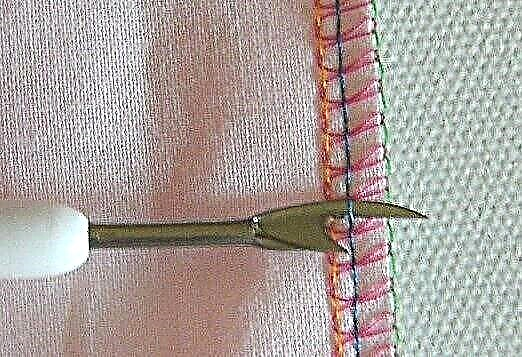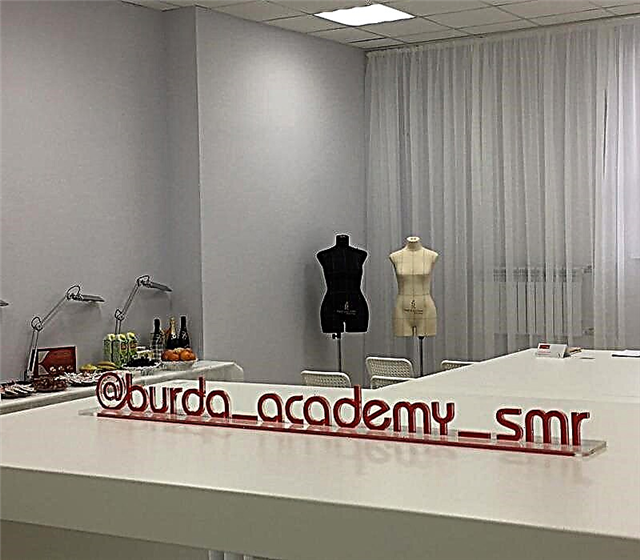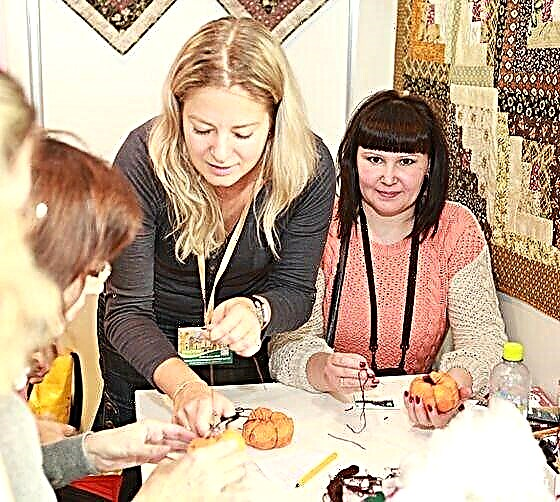Even a difficult seam can be unfastened quickly and without damaging the fabric. To do this, use the right tools and follow a few simple tips.
Experienced tailors say that one cannot learn to sew well without learning to open seams well. Whether you alter ready-made clothes or repair them, correct your own flaws or want to bring the work to perfection - the ability to quickly and accurately open the seam will be useful in any case.

Ripping tools
The two main assistants in opening the seams are the so-called opener (also known as the opener) and special scissors for opening the seams and cutting the threads (snipper, or tailor's nippers).
The spreader is a tool with a working metal tip of a special shape and a handle, usually made of plastic or wood. The shape of the tip of the spreader combines a sharp needle, a second tip (often with a ball at the end) and a blade hidden in a recess between them. With this tool it is convenient to either pry or cut a separate stitch, and to open a whole seam. It is also convenient to cut through the loops with a ripper. Often, steamers come with a sewing machine, you can also buy them separately, choosing the size and shape that suits you.


Steamers
The snipper, or tailor's nippers, are special scissors without rings, but on a spring, which ensures the movement of the blades. Some snippers have one of the rings. The handle can be metal or plastic. It is much more convenient and faster to use such scissors for small operations when sewing than usual ones: you do not need to spend time to put your fingers into the rings, plus - this is a fairly accurate tool suitable for the most delicate operations.



Snippers, or tailor's nippers
Knives and cutters: how to choose and what to use
How to choose scissors for sewing: types and purpose
How to keep scissors sharp for a long time
Tips and Tricks

Photo: craftsy.com
- When opening a seam, it is better to start work from the place where it was completed. To determine the beginning and end of the stitch, lay the product in the way you would arrange it, making this seam on the machine. On the right is the edge of the product, and at the bottom, respectively, is the end of the line. Hence it is worth starting to flog. First of all, this is important for seams made with chain stitching (for example, jeans are often sewn together) and for overlock seams. But in other cases, this trick will speed up and facilitate your work.
- Start not from the fastening point, but from the section of the straight seam next to it. Cut the threads in several places, and then pull the ends of the threads on one or both sides and pull them out, being careful not to damage the fabric. The fastener should be carefully unfastened when the main work is completed.
- When working with a stripper or scissors, act as carefully as possible, trying to cut the thread, but not the fabric.
- If you are not 100% sure of your dexterity, it is better not to unstitch seams (especially on thin and delicate fabrics) with a blade or a breadboard knife - the sharper the blade, the easier it is to damage the fabric.
How to strut a simple seam:
How to quickly dissolve overlock and carpet lock seams:



